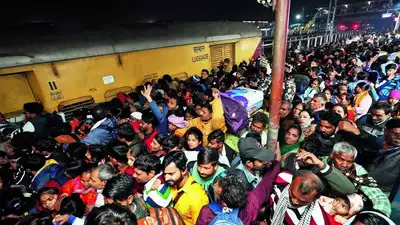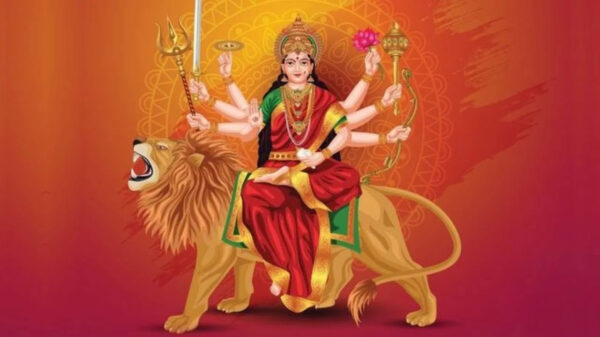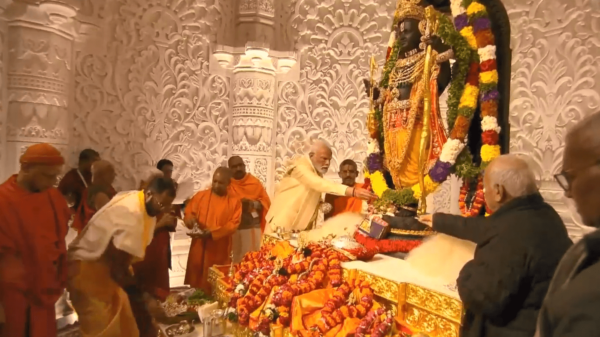Delhi, India’s capital, is a city where history meets modern life. With its rich past, Delhi is filled with historical places that tell stories of kings, emperors, battles, and great architecture. Whether you’re a history lover or just curious, visiting these places is a fun and learning experience. In this blog, we’ll talk about some of the most famous historical places you can visit in Delhi and what makes them special.
1. Red Fort (Lal Qila)
What it is: A huge red-colored fort built by Mughal Emperor Shah Jahan
The Red Fort is one of the most iconic landmarks of Delhi and is known for its massive red sandstone walls. It was the main residence of the Mughal emperors for about 200 years. Inside the fort, you’ll find beautiful gardens, marble palaces, and museums. The architecture is a mix of Persian, Timurid, and Indian styles, making it truly special. Every year on India’s Independence Day (August 15), the Prime Minister hoists the national flag here.
Why visit: To explore the royal halls and enjoy the sound and light show in the evening that tells the fort’s history.
2. Qutub Minar
What it is: A tall tower built to celebrate a Muslim victory
Qutub Minar is a 73-meter-high minaret made of red and beige sandstone. It was built in the early 1200s by Qutb-ud-din Aibak to mark the victory of the Muslim rule in Delhi. The tower has beautiful carvings and Arabic inscriptions. Around it, you’ll find the Quwwat-ul-Islam Mosque, the first mosque built in India, and the Iron Pillar, which is famous for not rusting even after centuries.
Why visit: To see one of the world’s tallest brick minarets and learn about Delhi’s ancient past.
3. Humayun’s Tomb
What it is: The tomb of the Mughal Emperor Humayun
Humayun’s Tomb was built in 1570 and is one of the most important historical sites in Delhi. It’s considered the inspiration for the Taj Mahal, with its grand domes and beautiful gardens. The tomb is surrounded by a large, peaceful garden with fountains, making it a calm place to relax. The architecture is a perfect blend of Persian and Indian styles, and it’s one of the finest examples of Mughal architecture.
Why visit: To admire the beauty of Mughal architecture and walk through the peaceful gardens.
4. India Gate
What it is: A war memorial honoring soldiers
India Gate is not an ancient monument, but it holds great historical importance. Built in 1931, it’s a large archway dedicated to the Indian soldiers who died in World War I. The names of the soldiers are inscribed on the walls. It’s surrounded by large lawns, where families often come for picnics in the evening. At night, the India Gate is beautifully lit up, and it’s a great place for a relaxed evening out.
Why visit: To pay tribute to the soldiers and enjoy a peaceful walk around the monument.
5. Jama Masjid
What it is: One of the largest mosques in India
Jama Masjid was built by Emperor Shah Jahan, the same ruler who built the Taj Mahal, in the 1600s. It’s one of the largest mosques in India, with space for over 25,000 people to pray at once. The mosque has three large domes, two tall minarets, and four towers. It’s made of red sandstone and white marble, and the courtyard offers a stunning view of Old Delhi.
Why visit: To experience the grand architecture and peaceful atmosphere of one of India’s largest mosques.
6. Lotus Temple
What it is: A modern place of worship shaped like a lotus flower
The Lotus Temple is one of Delhi’s most unique architectural wonders. Built in 1986, it’s shaped like a lotus flower and is a Baháʼí House of Worship, where people of all religions can come and meditate. The temple has nine large petals made of white marble, and the inside is simple and peaceful. It’s surrounded by beautiful gardens and pools, making it a serene place to visit.
Why visit: For its peaceful ambiance and stunning modern architecture.
7. Purana Qila (Old Fort)
What it is: One of the oldest forts in Delhi
Purana Qila, or the Old Fort, is a place with a long history. It was built by Sher Shah Suri and later completed by Humayun. It’s believed to be built on the ancient city of Indraprastha, which is mentioned in the Indian epic Mahabharata. The fort has massive walls and gates, and inside you can explore the mosque, library, and a museum showcasing ancient artifacts.
Why visit: To explore one of the oldest historical sites in Delhi and take a boat ride in the nearby lake.
8. Safdarjung Tomb
What it is: The tomb of Safdarjung, a Mughal nobleman
Safdarjung’s Tomb is a lesser-known but beautiful monument in Delhi. Built in 1754, it’s the tomb of Safdarjung, a Mughal leader. The tomb is surrounded by lush gardens and is known for its intricate carvings and Mughal architecture. It’s a peaceful spot, often less crowded than other tourist places, making it a great place to relax and enjoy some quiet time.
Why visit: To see Mughal architecture without the crowds and enjoy the peaceful gardens.
9. Rashtrapati Bhavan
What it is: The official residence of the President of India
Rashtrapati Bhavan is the grand palace where the President of India lives. Built during British rule, it’s a stunning example of British architecture mixed with Indian elements. While the main building is not open to the public, you can visit the Mughal Gardens, which are open at certain times of the year. The gardens are beautifully designed with fountains, flowers, and trees, and are perfect for a peaceful stroll.
Why visit: To see the grandeur of the President’s house and enjoy a walk in the Mughal Gardens.
10. Agrasen ki Baoli
What it is: An ancient stepwell
Agrasen ki Baoli is a hidden gem in the middle of Delhi. It’s a large stepwell, a structure built to collect water, believed to have been built in the 14th century. The stepwell has 108 steps leading down to the water level and is surrounded by tall walls. It’s an impressive piece of architecture and gives a glimpse into how ancient people solved their water problems.
Why visit: To explore one of the few surviving stepwells in Delhi and enjoy its peaceful, quiet atmosphere.
11. Tughlaqabad Fort
What it is: A ruined fort built by the Tughlaq dynasty
Tughlaqabad Fort was built by Ghiyas-ud-din Tughlaq in the 1300s. Although much of the fort is now in ruins, it’s still a fascinating place to visit. The walls of the fort stretch for miles, and inside you’ll find remnants of ancient palaces and mosques. The fort offers great views of the surrounding area, and it’s a less crowded spot, perfect for exploring with kids or for photography.
Why visit: To explore ancient ruins and enjoy the views from the fort’s high walls.

























